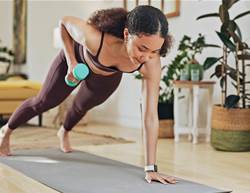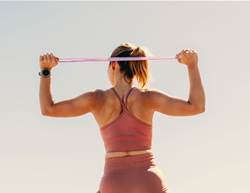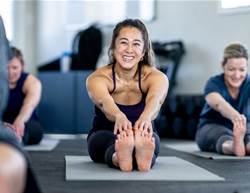Often we can get so caught up with our fitness goals and aesthetic outcomes that we can forget about one of the most fundamental and important aspects of our wellbeing – maintaining good posture. Aside from improving our appearance, ensuring our posture is at its best has a range of health benefits. “Proper posture allows for better digestion, breathing, joint health, focus and energy, and confidence and mood,” explains Sam Mostardo, a Master Trainer at Club Pilates (pictured above and in exercises). Club Pilates are kicking off a ‘Resolution Realigned Challenge’ this January focused on Pilates moves that improve posture.
With today’s modern, sedentary lifestyles, poor posture is increasingly common – along with by-products such as neck and back pain. “Some common posture problems can arise from bad habits such as hunching over devices, forward head posture, slouching, rounded shoulders, and uneven weight distribution,” says Sam. “Tight hamstrings from sitting in a chair and poor desk setup are also very common.”
Along with ensuring your workspace is set up ergonomically and wearing supportive footwear, exercises such as Pilates and yoga are effective as they not only strengthen the supportive core muscles and ensure the body is stretched and supple, but they also create awareness in the body – key to proper posture maintenance.
“Pilates can significantly help improve posture because it enhances core strength, flexibility, body awareness, alignment focus, breath control and helps with spinal mobility and balanced muscle development,” Sam says. Click through the slideshow below to find four essential posture perfecting Pilates moves to try:

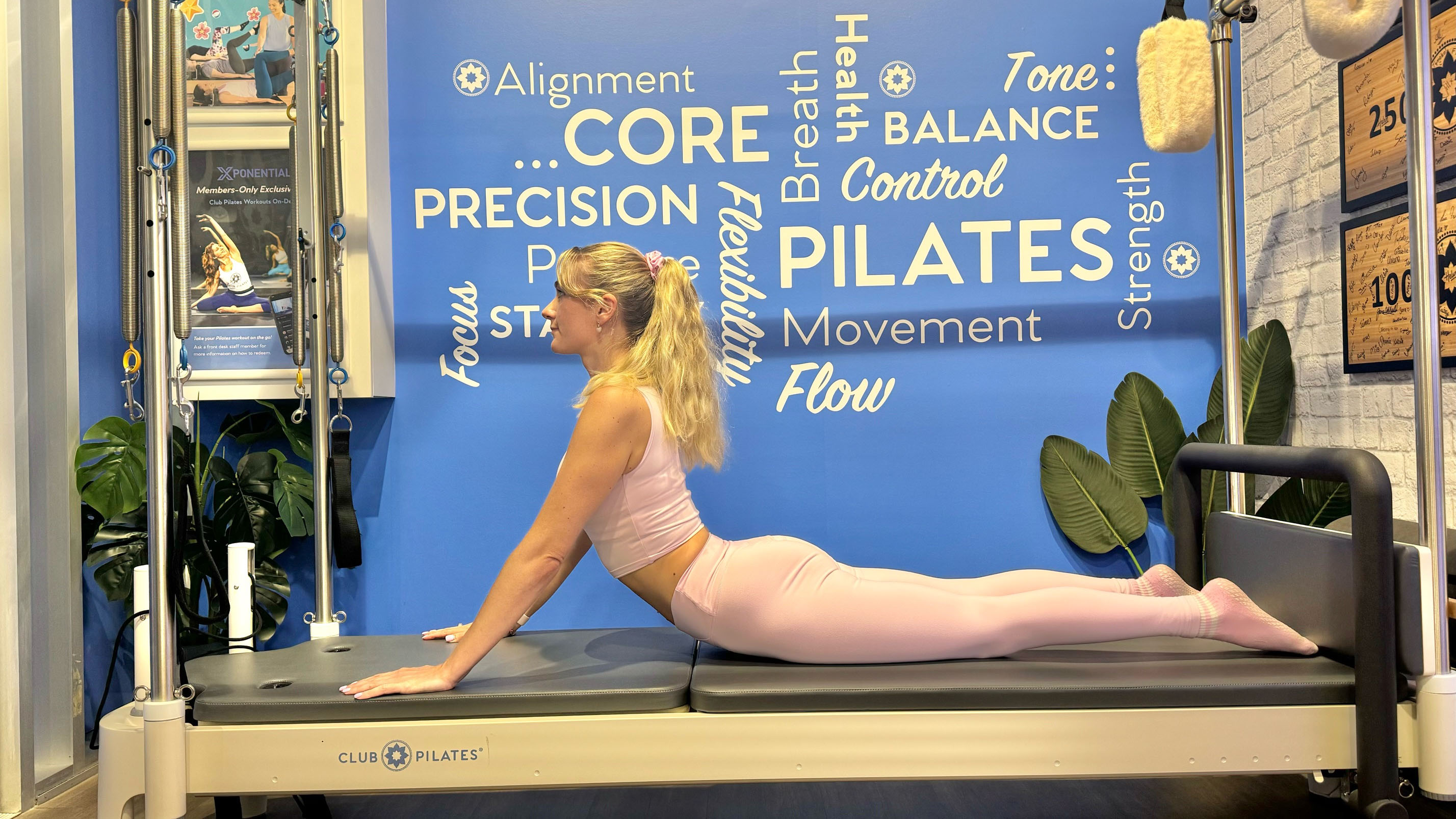
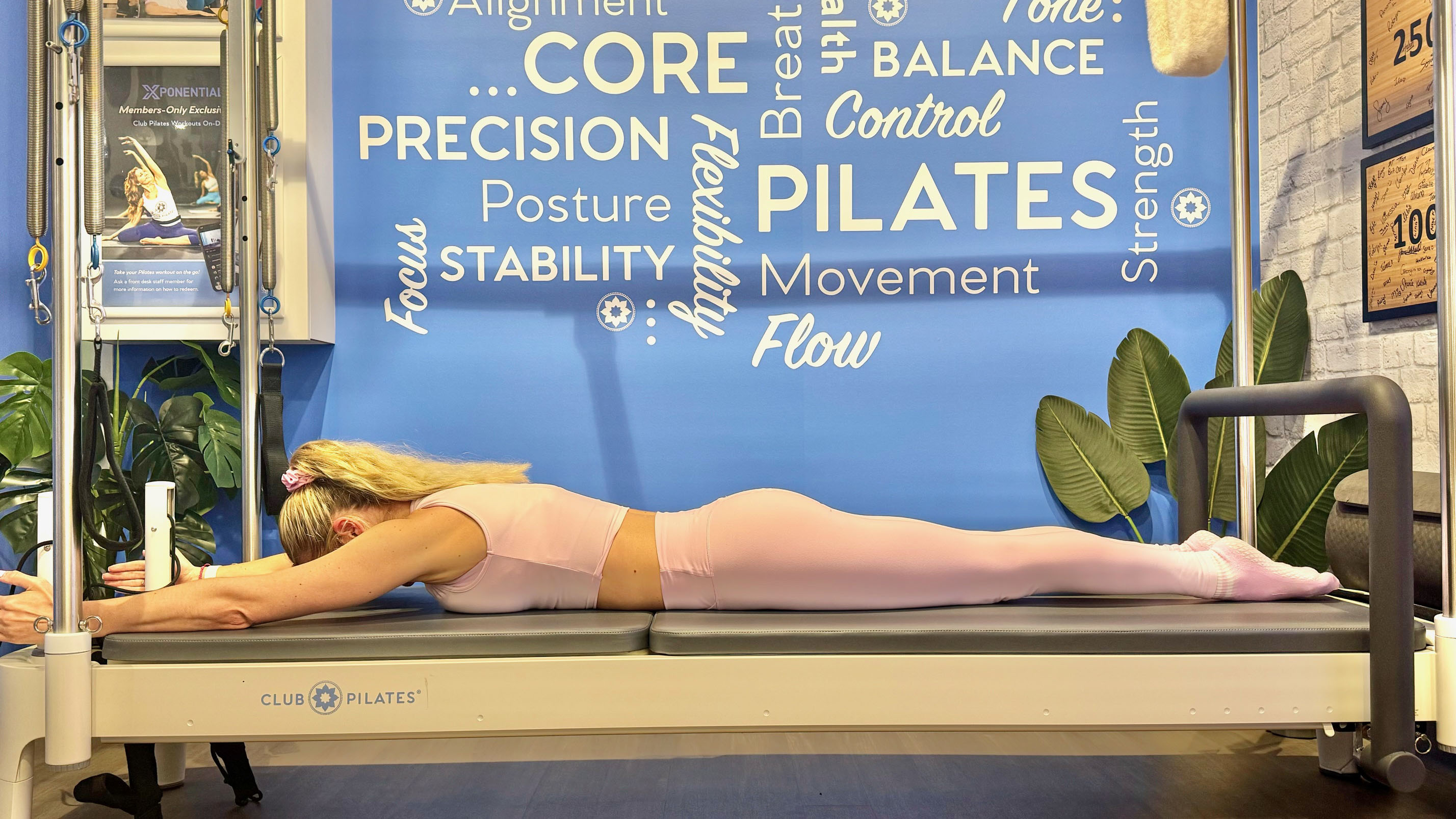
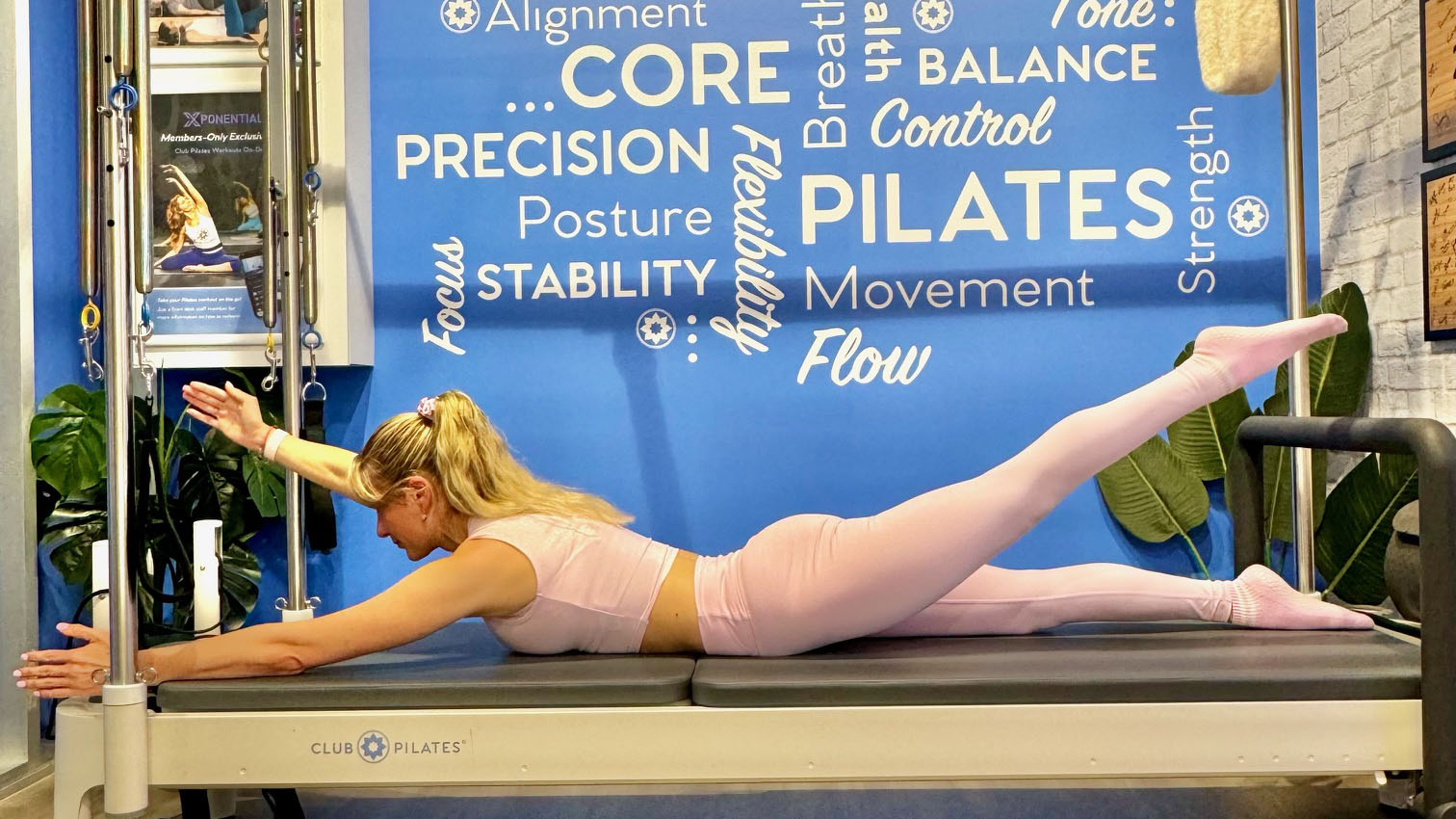
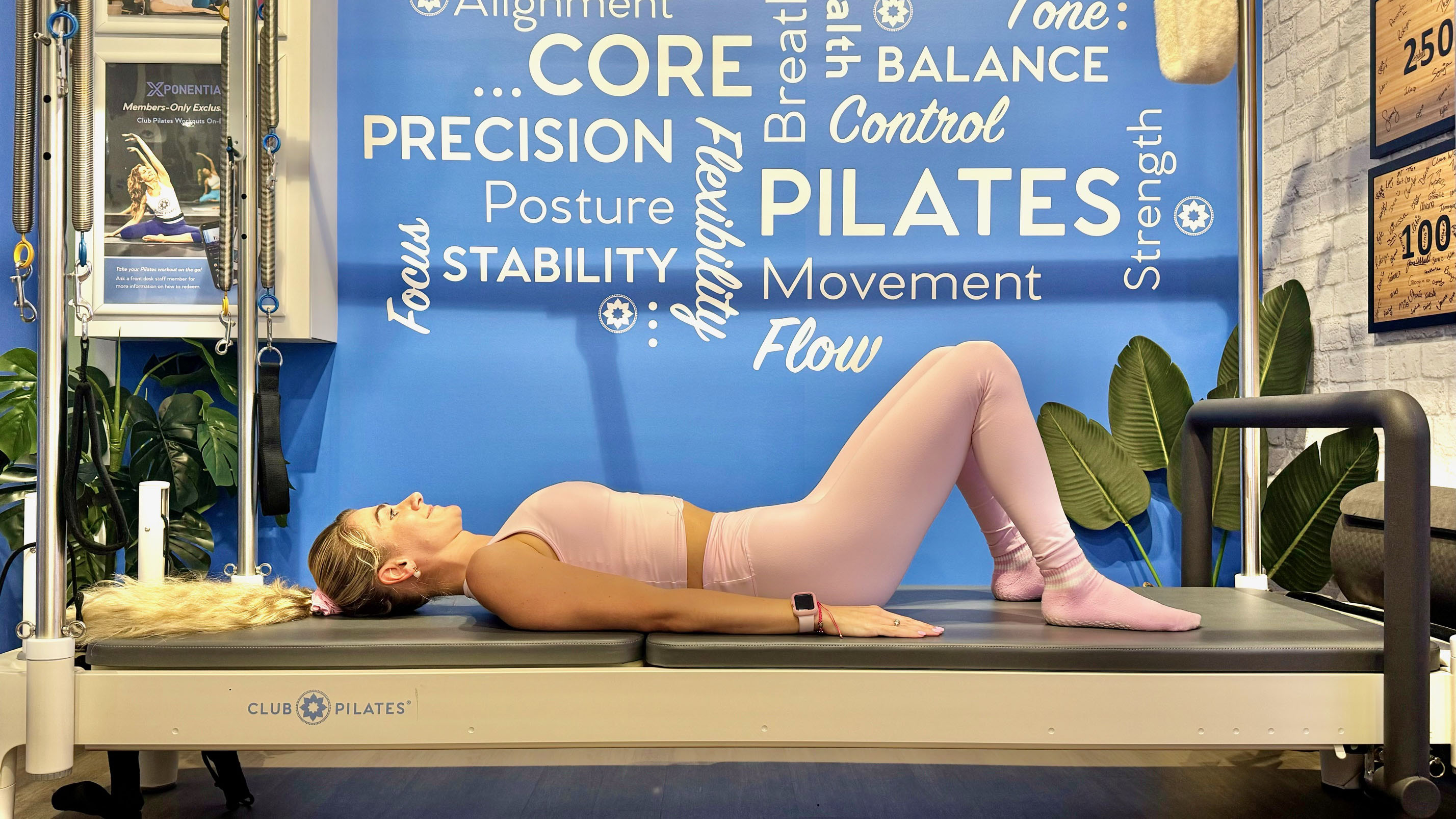
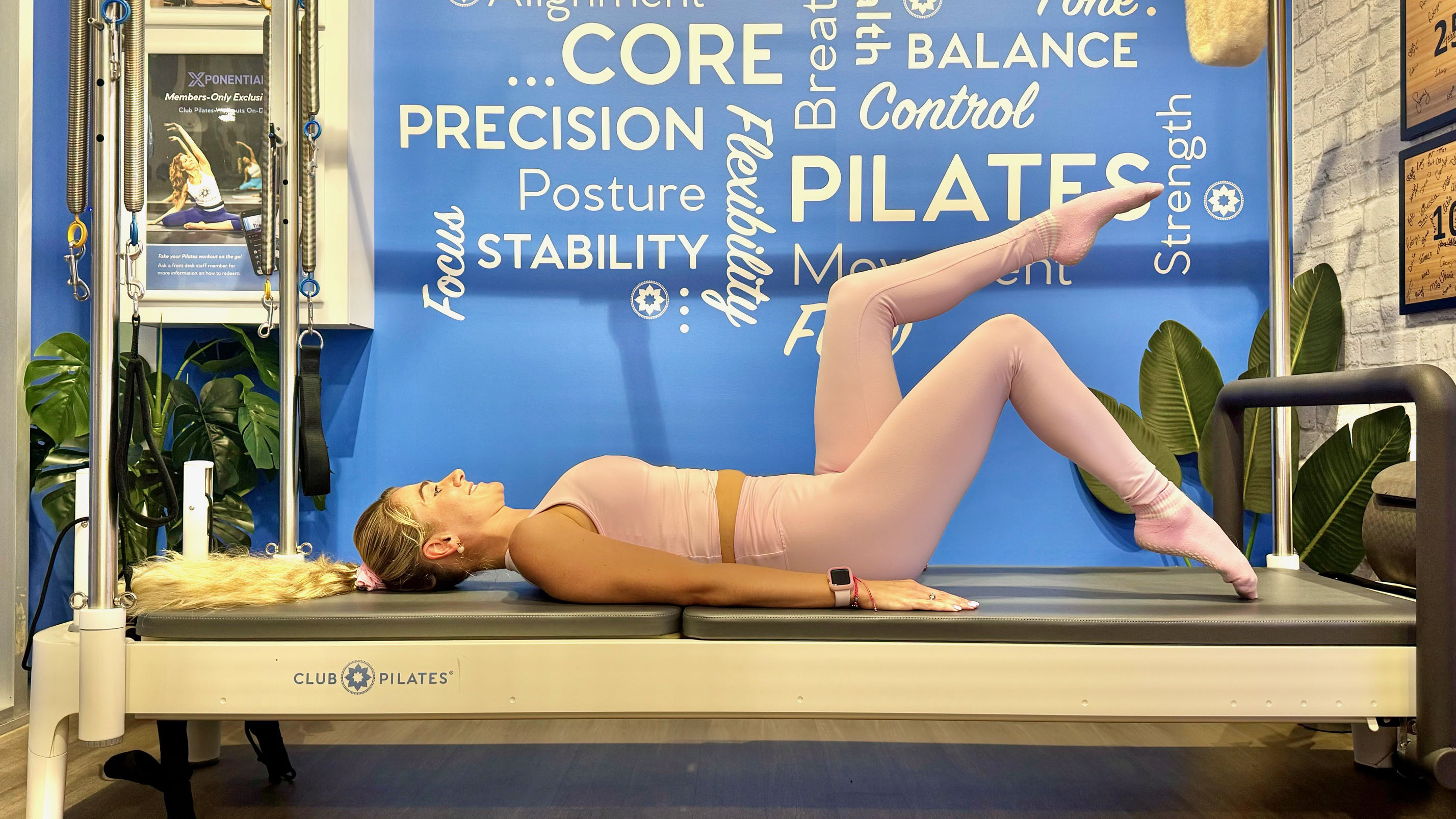
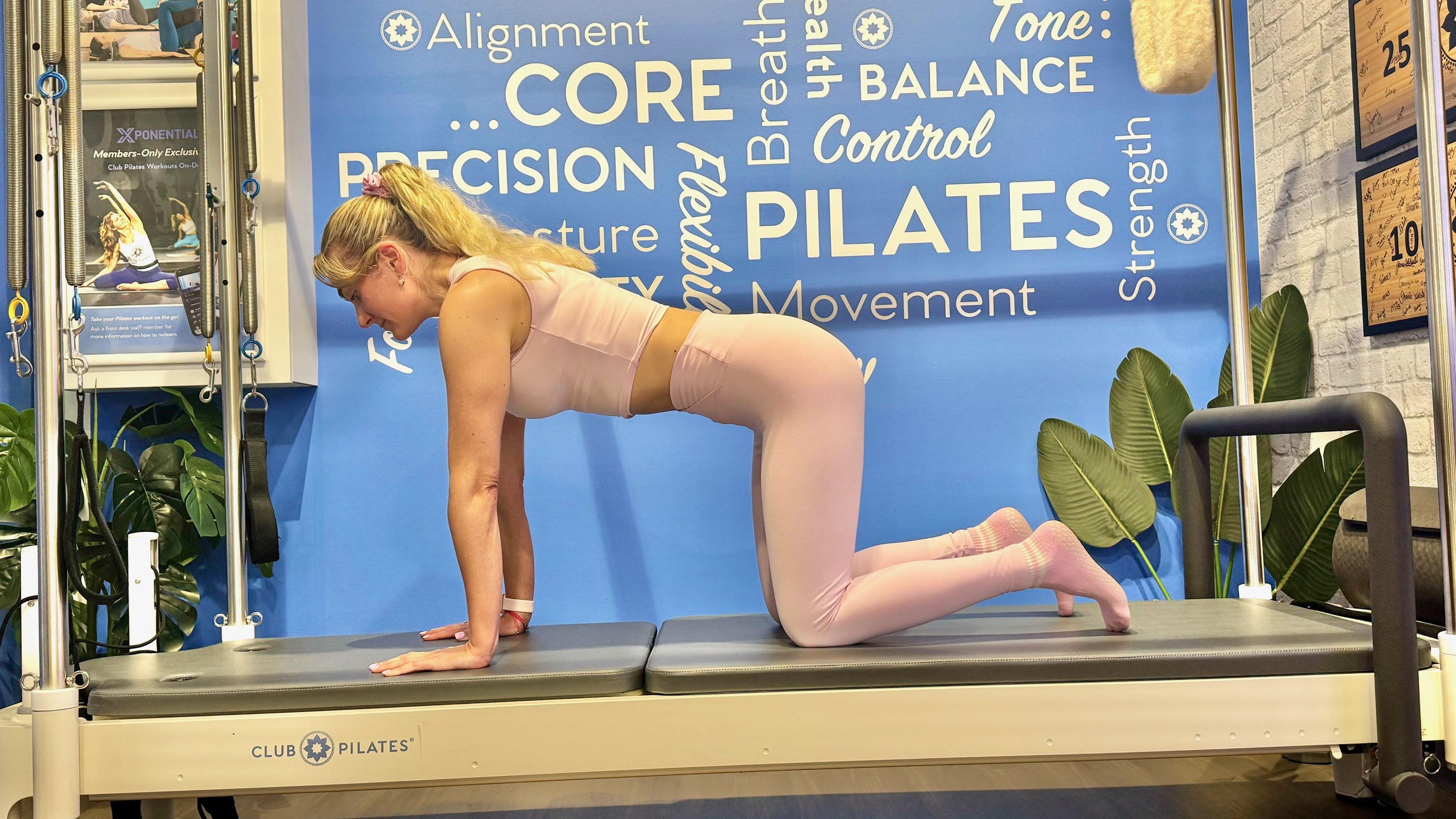
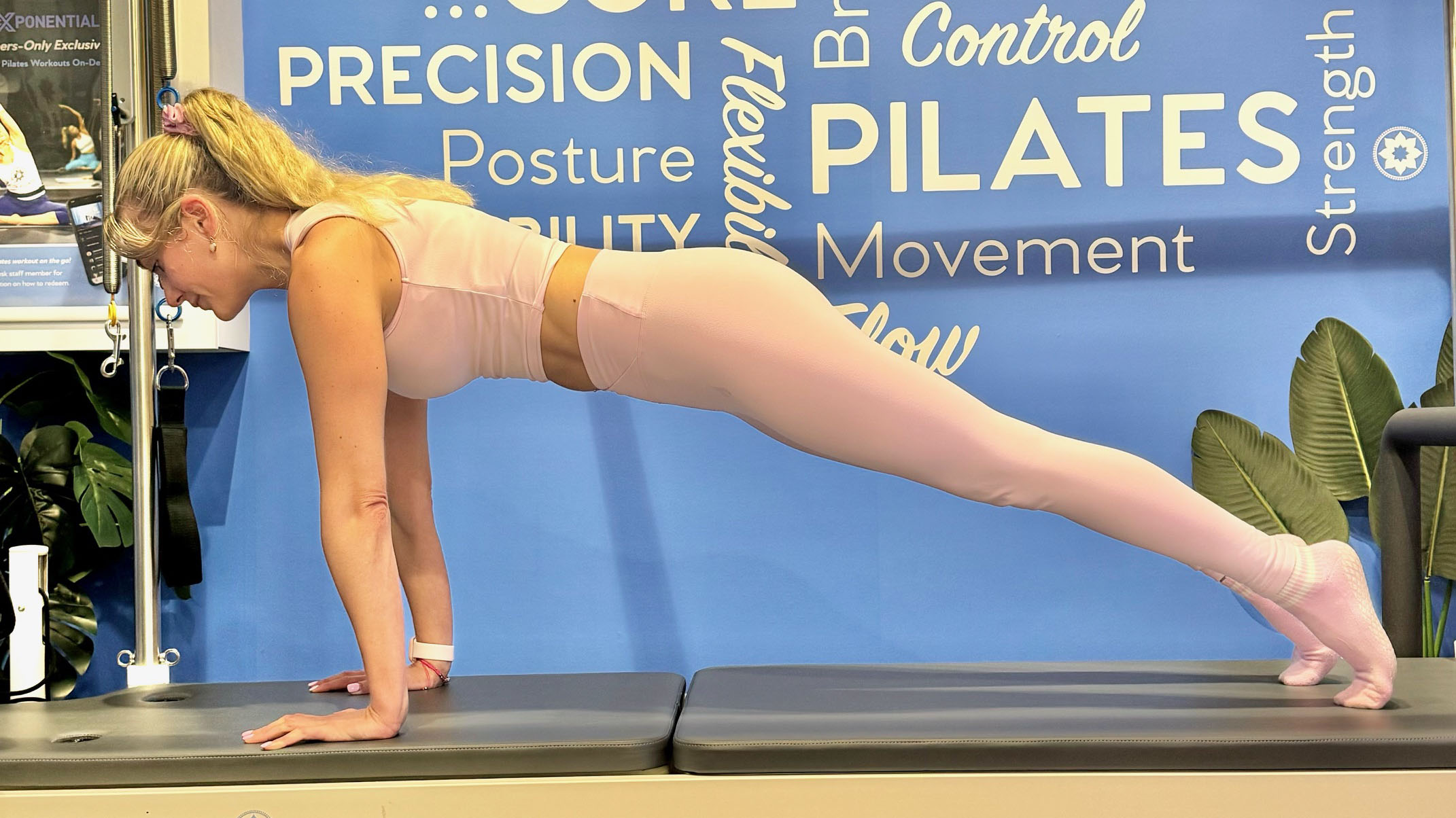
Swan
This is a great exercise for stretching your spine. Begin by lying flat on your stomach, facing down on the Mat.
Your arms should be bent with your elbows close to your sides and palms facing down. Make sure your elbows are up and legs are together.
Float your hands off the Mat, pressing your hip bones into the Mat. Slowly lift your chest off the Mat. Press your hands back down on the Mat and lift your upper body higher, floating your hands off the Mat as you begin to lower then place your hands back on Mat as you return to the starting position.
Swimming
This Pilates exercise strengthens the entire deep torso muscles, as well as the rear leg and buttock muscles.
In the prone position, align the pelvis and spine neutrally and extend all 4 extremities slightly open and apart. With an inhalation, lengthen the spine, stretching from the top of the head to the tailbone.
On the exhale, activate the centre of the body and lift the arms, legs, head and chest slightly off the floor. During inhalation move the arms and legs alternately up and down briefly and precisely 5 times, then do the same during the exhalation. Do up to a total of 20 repetitions.
Toe Taps
Toe Taps are a great addition to original Pilates exercises because the exercise helps practitioners learn to keep their abs flat and stabilise their lower backs against the weight of the legs.
Lie down on an exercise mat with your knees bent and arms at your sides.
Lift both feet off the floor and extend your legs up until your thighs are perpendicular to the floor. Legs should be touching with a slight bend in your knees. Fully extend your arms until your fingertips are pointing towards your toes. Engage the abdominals and lift your torso off the floor. While closing the distance between your toes and fingers, try to touch your fingertips to your toes.
Slowly lower your torso and arms back to the starting position. Your legs will remain in the air. Repeat for 10 to 15 repetitions. Start with 1 set and progress to 3 sets of 10 to 15 repetitions.
Plank
Planking is an isometric exercise since it keeps your core muscles contracted in one position. A plank involves balancing on toes and forearms or hands as you hold the rest of your body off the ground. To get into position, start on all fours in a tabletop position, toes curled under, before pushing into your hands and feet to raise your knees and straighten your legs.
Your spine is kept in a neutral position and your head, torso, and legs are aligned. Start with holding this position for up to 1 minute and work your way to try and hold for around 3 minutes.





